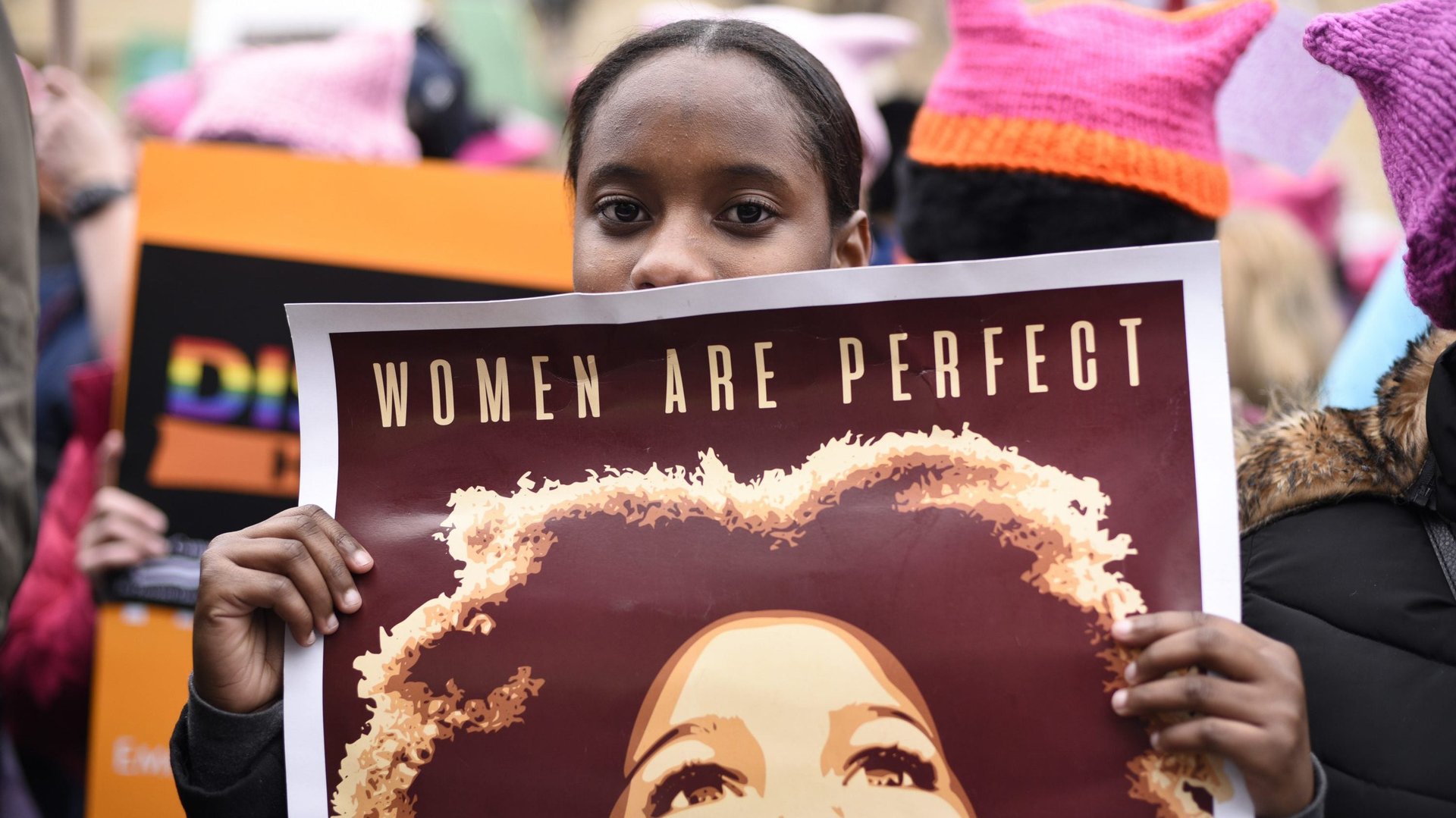A message for activists after Trump’s first 100 days: Resistance is supposed to be fun
I organized my first protest when I was 13 years old. After refusing to stand and recite the Pledge of Allegiance, a mandatory ritual that began each day of public school, I encouraged my classmates to do the same. As punishment, I wasn’t allowed to go on the school’s year-end field trip. But I’ve been an activist ever since—including helping to originate the Occupy Wall Street movement in the aftermath of the 2007-2008 global financial crisis.


I organized my first protest when I was 13 years old. After refusing to stand and recite the Pledge of Allegiance, a mandatory ritual that began each day of public school, I encouraged my classmates to do the same. As punishment, I wasn’t allowed to go on the school’s year-end field trip. But I’ve been an activist ever since—including helping to originate the Occupy Wall Street movement in the aftermath of the 2007-2008 global financial crisis.
In 22 years of struggling to spark social change, the greatest challenge that I’ve encountered is the danger of burnout. Many of my activist friends have faced the same problem. Shifting the status quo is always difficult, and it is easy to lose hope—particularly following recent events like the election of US president Donald Trump and the failure of protesters to halt the Keystone XL and Dakota Access pipelines. How, then, can we keep our spirits up? The key to sustainable activism is to find joy in the struggle.
When I think about the joy of being an activist, I recall anarchist and feminist activist Emma Goldman’s brilliant critique of the dour left, famously paraphrased in the 1970s slogan, “If I can’t dance, I don’t want to be part of your revolution.” And I think of the moments of ecstatic togetherness that I’ve experienced in the midst of protest, as with Occupy Oakland’s port shutdown in 2011.
What I remember most about that day in Oakland was the palpable shiver that went through the 30,000-strong crowd when we collectively realized that the authorities would not resist our efforts. We were furious about police brutality that had occurred at an earlier Occupy Oakland protest, and simultaneously invigorated by the stunning global rise of our movement. In a significant demonstration of the people’s power, we halted operations at the Port of Oakland, the fifth-largest shipping port in the nation. Everyone I knew seemed to be there: neighbors, classmates, and co-workers. We flowed through the gates, while folk and dance music played. The crowd was smiling, sharing, and joyful.
Beautiful moments like those are transformative—but they don’t come along very often. So what do we do during the times when we’re not dancing?
I find joy in today’s resistance by considering the lessons of history. Revolutions are a social phenomenon that almost always comes as a surprise. No one predicted that the self-immolation of a fruit seller in Tunisia would unleash the Arab Spring. Or that Occupy Wall Street’s encampment in lower Manhattan would kick off a wave of unrest in 82 countries. We know from Trotsky’s History of the Russian Revolution that the Bolsheviks were completely surprised by the outbreak of the Revolution of 1917. Most mature activists ultimately embrace a theory of change that understands that revolutions only take place when the social conditions are right. Activists cannot, on their own, create the historical moment that is fertile for dramatic change. We can only plant new seeds of resistance and hope they take root.
There is another reason to feel joy in resistance: Since revolutions are usually a surprise, activists can feel emboldened even at times when others see cause for nothing but hopelessness. Every great wave of social change has emerged at a moment when past revolutionaries were at the brink of despair. Christians suffered 300 years of persecution, and then one day in 312 AD, Constantine the Great won a battle and unexpectedly declared himself both Emperor of Rome and a Christian. Within a generation, Christianity was the state religion.
For the activist, there is no reason to give into despair, because hardship and struggle are only signs of the increasing inevitability of victory. That’s a supremely joyful thought.
Here, I’m reminded of an anecdote about the Russian Revolution. Leon Trotsky recalls that he once saw Vladimir Lenin dancing in the snow. Lenin explained that, at that very moment, the Russian Revolution had officially lasted longer than the Paris Commune of 1871. Situating his struggle within the revolutionary history of the left brought him tremendous joy. In that snowy instant, Lenin’s many years of poverty, exile and isolation as founder of the Bolshevik movement had culminated in victory greater than the celebrated, revolutionary people’s government of Paris.
These stories aren’t intended to convince anyone to become a Marxist, or to mimic the tactics employed by past revolutionaries. Rather, the important thing for today’s activists to remember is that they must never give up. People around the world today are protesting in greater numbers than ever before. Victory may not happen in our lifetimes. But still we must focus each day on creating new forms of protest, resistance, and activism—knowing that our efforts may culminate in enduring change when the time is right.